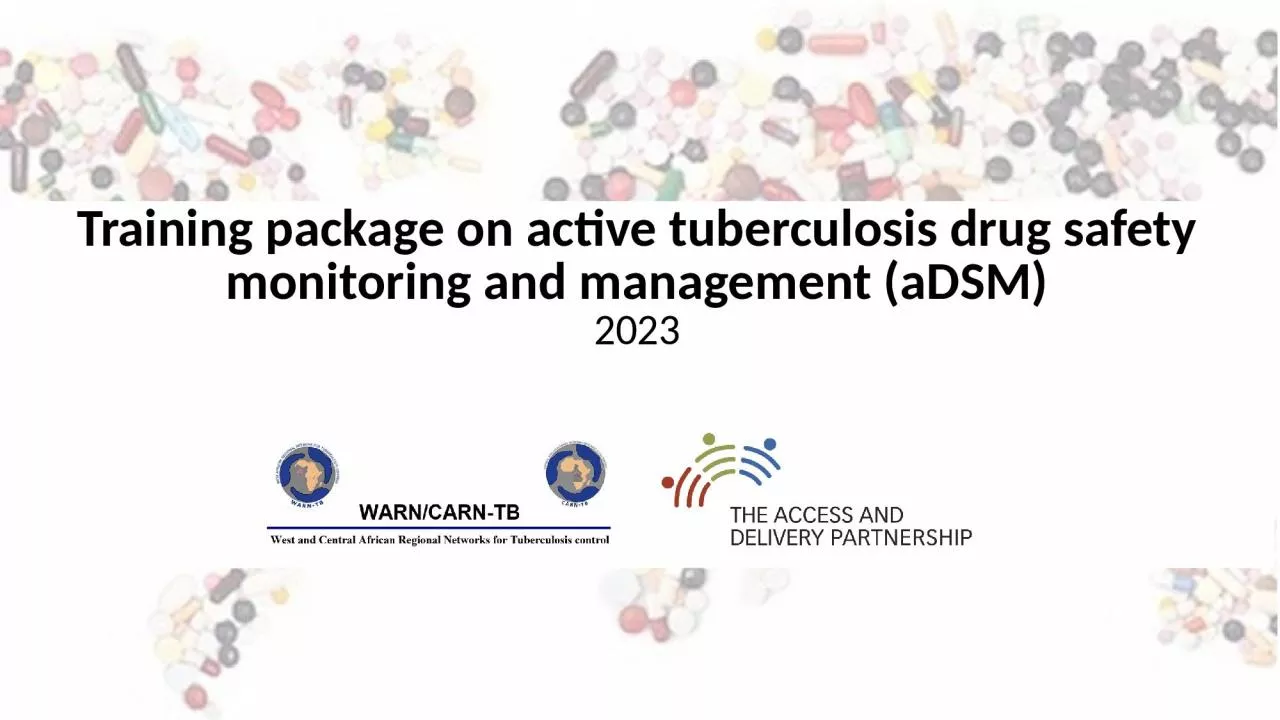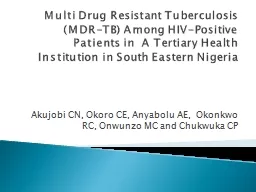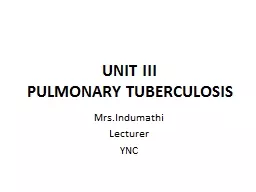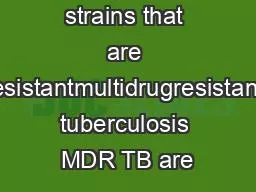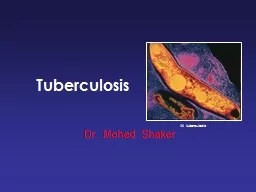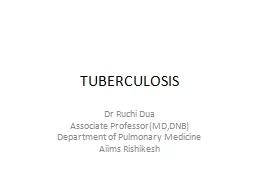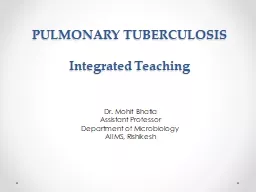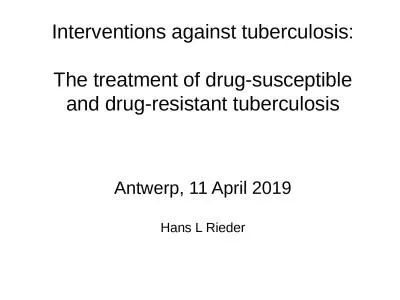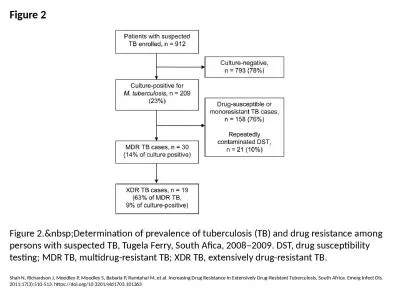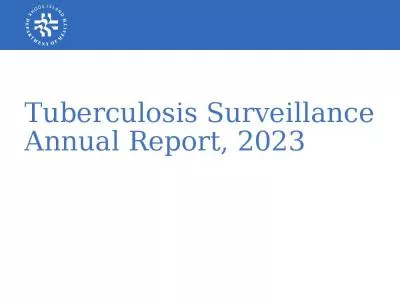PPT-Training package on active tuberculosis drug safety monitoring and management (
Author : della | Published Date : 2024-02-03
aDSM 2023 11 Structure and training objectives for this course amp key references Structure of this training packages 1 Structure of this training packages
Presentation Embed Code
Download Presentation
Download Presentation The PPT/PDF document "Training package on active tuberculosis ..." is the property of its rightful owner. Permission is granted to download and print the materials on this website for personal, non-commercial use only, and to display it on your personal computer provided you do not modify the materials and that you retain all copyright notices contained in the materials. By downloading content from our website, you accept the terms of this agreement.
Training package on active tuberculosis drug safety monitoring and management (: Transcript
Download Rules Of Document
"Training package on active tuberculosis drug safety monitoring and management ("The content belongs to its owner. You may download and print it for personal use, without modification, and keep all copyright notices. By downloading, you agree to these terms.
Related Documents

